Accident Impact: Transmission Inspection & Repair Strategies
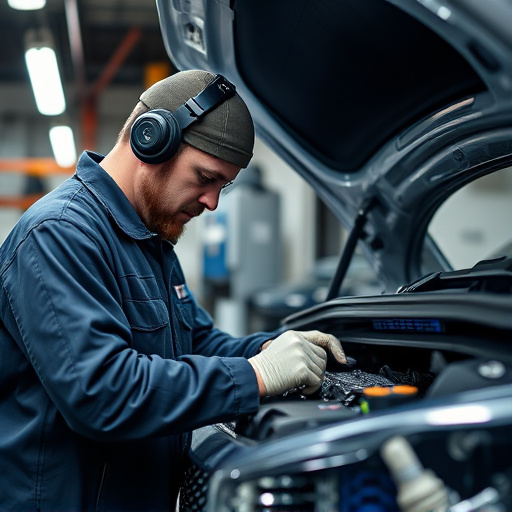
Accidents can cause hidden damage to automatic transmissions, requiring a thorough inspection. Commo…….
In an era where technology drives progress, the topic of ‘Transmission Inspection Accident’ (TIA) has emerged as a critical aspect of ensuring safety and reliability in various sectors. This comprehensive article aims to delve into the intricate world of TIA, exploring its definition, global impact, economic implications, technological innovations, regulatory frameworks, challenges, and future potential. By understanding these elements, we can gain valuable insights into how this concept influences our daily lives and shape strategies for a safer and more efficient future.
Transmission Inspection Accident refers to incidents or failures occurring during the inspection and maintenance of transmission systems in various applications, including automotive, industrial, and power generation sectors. It involves a systematic process of evaluating and ensuring the integrity and performance of transmissions to prevent catastrophic failures that could lead to accidents, damage, or loss of life. The core components include:
The concept of TIA has evolved over the past few decades as industries have sought to enhance safety standards and improve equipment reliability. Historically, transmission systems were less complex, making inspection and maintenance relatively straightforward. However, with advancements in technology and increasing system sophistication, the need for structured inspection protocols became evident. The late 20th century saw a surge in industrial accidents related to poorly maintained or inspected transmissions, leading to stricter regulations and the development of standardized inspection guidelines.
TIA plays a pivotal role in several sectors, ensuring the safe operation of:
The impact of TIA is not limited to a single region; it has become a global concern due to the interconnected nature of industries and international trade. Here’s a glimpse into its worldwide reach:
Several trends are influencing the future of TIA:
The global market for transmission inspection and maintenance services is substantial, driven by the widespread adoption of complex transmission systems. According to a 2021 report by MarketsandMarkets, the global Transmission Inspection and Maintenance market size was valued at USD 15.6 billion in 2020 and is projected to grow at a CAGR of 7.2% from 2021 to 2026. This growth is attributed to factors like:
Investments in TIA are focused on several key areas:
Effective TIA practices have far-reaching economic implications:
Technological advancements have revolutionized TIA, making processes more efficient, accurate, and safe:
These innovations have had a profound impact:
The future holds immense potential for technological advancements in TIA:
Governing bodies worldwide have implemented policies and regulations to ensure the safe and effective implementation of TIA:
These policies have a significant influence on the evolution of TIA:
Despite significant progress, TIA faces several challenges:
Addressing these challenges requires a multi-faceted approach:
Volvo Cars, renowned for its safety focus, has implemented a comprehensive TIA program for its vehicles. They utilize advanced diagnostic tools and predictive analytics to monitor transmission health. By identifying potential issues early, Volvo reduces the risk of catastrophic failures. This approach has contributed to Volvo’s impressive record of few severe transmission-related accidents over several decades.
Siemens, a global industrial powerhouse, has successfully integrated TIA into its manufacturing processes. Their smart transmission systems use IoT sensors to monitor performance and predict maintenance needs. This proactive approach has led to significant reductions in unplanned downtime at their facilities, ensuring consistent production levels.
The California Independent System Operator (CAISO) employs advanced TIA practices for its power transmission grid. Regular inspections of transmission lines and equipment using aerial imaging and ground-based sensors help identify potential hazards. This proactive approach enhances grid reliability, reducing the risk of blackouts during peak demand periods.
The future of TIA is filled with exciting possibilities:
Several sectors will experience significant growth in TIA:
To stay ahead in the evolving landscape, organizations should:
In conclusion, transmission inspection accident is a critical aspect of ensuring safety, reliability, and efficiency in diverse sectors. From its historical roots to the cutting-edge technologies of today, TIA has evolved into a sophisticated field, influenced by global trends and regulatory frameworks. By addressing challenges, adopting innovative solutions, and fostering collaboration, we can continue to enhance the safety and performance of transmission systems worldwide.
The future holds immense potential for growth and transformation in TIA, with technological advancements, digital revolution, and emerging trends shaping the way we inspect and maintain transmissions. As we navigate this exciting journey, a focus on continuous improvement, education, and standardization will be key to building a safer tomorrow.
Q: What is the primary goal of transmission inspection accident (TIA) practices?
A: The primary goal is to prevent catastrophic failures of transmission systems by identifying potential issues through regular inspections and maintenance, ensuring safety, reliability, and extended lifespan.
Q: How does TIA impact vehicle safety?
A: Effective TIA in vehicles prevents transmission-related breakdowns, reducing the risk of accidents and enhancing overall vehicle safety. Regular inspections contribute to improved performance and driver confidence.
Q: What role do regulations play in TIA development?
A: Regulations set standards for inspection intervals, maintenance practices, and safety requirements, fostering a culture of safety and driving technological advancements in TIA.
Q: Can you explain the impact of digitalization on TIA?
A: Digitalization enables real-time data monitoring, predictive analytics, and remote collaboration, enhancing TIA efficiency, accuracy, and decision-making capabilities.
Q: How do I know if my company needs to improve its TIA practices?
A: Signs may include unexpected transmission failures, increased downtime, or regulatory non-compliance. Regular reviews, data analysis, and industry best practice comparisons can help identify areas for improvement.

Accidents can cause hidden damage to automatic transmissions, requiring a thorough inspection. Commo…….
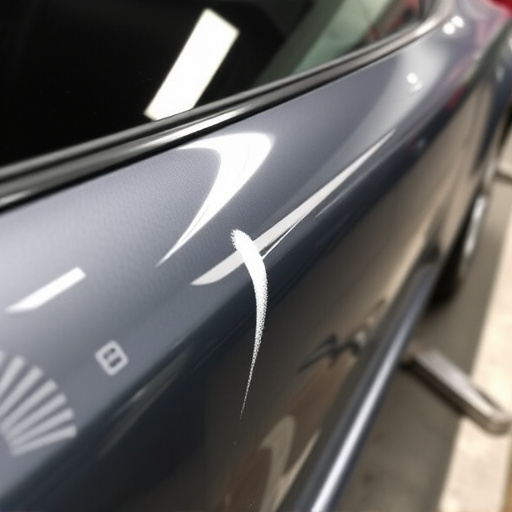
Regular transmission inspections are crucial for vehicle maintenance and safety, especially post-acc…….
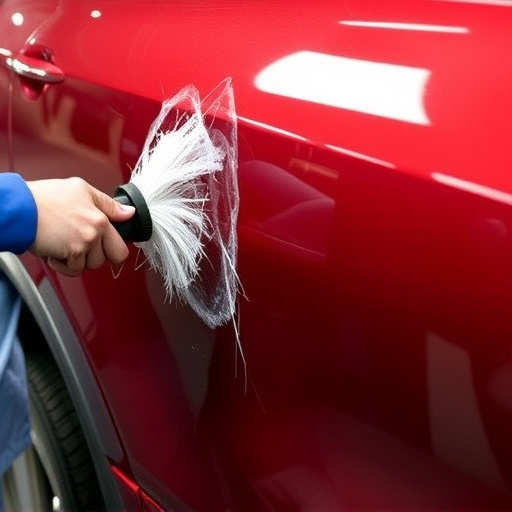
Post-accident transmission inspection prioritizes safety through vehicle securing, injury assessment…….
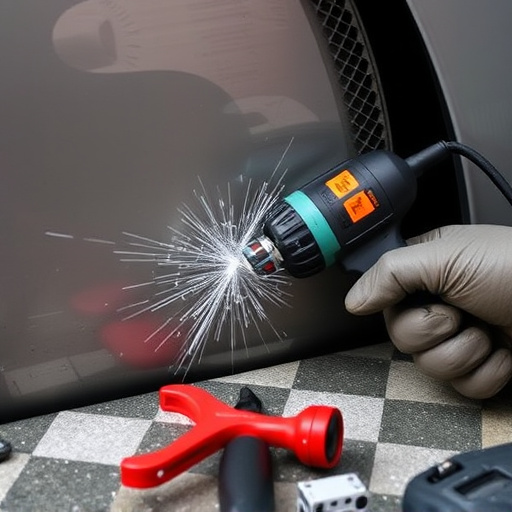
After a severe accident, a transmission inspection is crucial to determine repairability. Skilled te…….

Transmission inspections after accidents are crucial for safety and preventing long-term issues. Tra…….

Transmission inspections post-accident are vital for safety, assessing gears, bearings, and fluids t…….
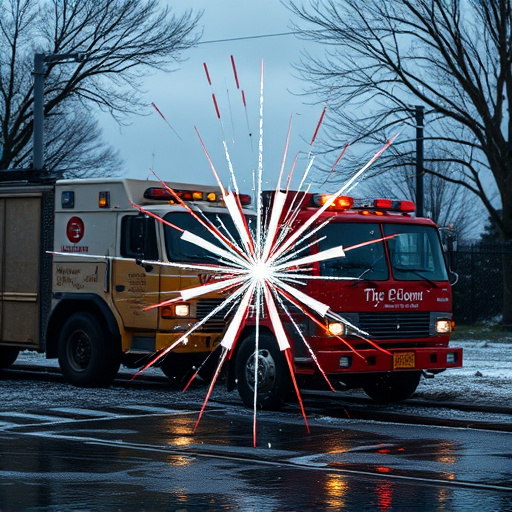
Post-accident, conduct a detailed transmission inspection focusing on fluid leaks, oil levels, and u…….

Thorough transmission inspections after car accidents are legally required and vital for safe repair…….

After a severe accident, a transmission inspection is crucial to assess damage and determine reparab…….